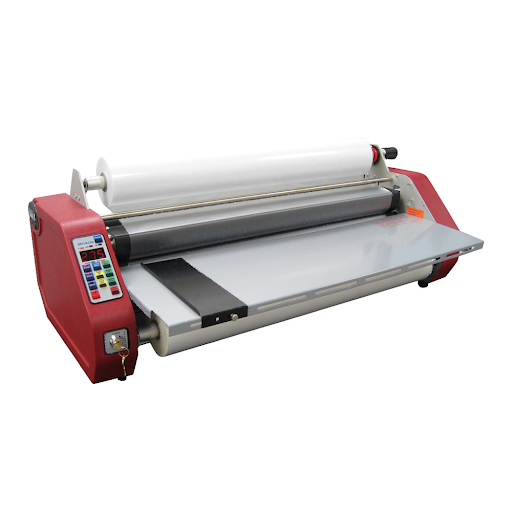In today’s fast-paced world, documents often face wear and tear from constant handling, exposure to the elements, or accidental spills. Whether it’s important reports, cherished photographs, or educational materials, keeping them in pristine condition is crucial. This is where laminator machines come into play. In this comprehensive guide, we’ll explore the world of laminator machines, their benefits, how they work, and the role of binding covers and comb binding in document preservation.
The Magic of Laminator Machines
Laminator machines, also known simply as laminators, are devices designed to encase documents, photos, or other materials within protective layers of plastic film. The process involves applying heat and pressure to seal the laminating pouch or film around the item, effectively creating a durable and water-resistant shield.
How Laminator Machines Work
Laminator machines work on a straightforward principle: they apply heat and pressure to seal a document or item within a plastic film. Here’s a basic overview of the lamination process:
Preparation: Begin by placing the document or item you want to laminate inside a laminating pouch or between two sheets of laminating film. Ensure that there’s some space between the item and the edge of the pouch or film to allow for a proper seal.
Insertion: Feed the laminating pouch or film into the laminator machine’s entry slot. The machine will automatically pull it through.
Heat and Pressure: The laminating pouch or film passes through heated rollers inside the machine. These rollers activate the adhesive layer of the pouch or film, causing it to bond with the document or item.
Binding Covers and Comb Binding
Binding Covers: Binding covers are protective sheets made of sturdy materials like plastic or cardstock. They can be transparent or opaque and are often used to encase bound documents’ front and back pages. Binding covers provide additional durability and a professional appearance to your documents.
Comb Binding: Comb binding is a popular method for securely binding multiple pages together. It involves punching holes along the edge of the pages and then threading them onto a plastic comb-binding spine. Comb binding is versatile and allows for easy page insertion or removal.
Choosing the Right Laminator Machine
When selecting a laminator machine, consider the following factors:
Size and Capacity: Choose a machine that can accommodate the sizes and volumes of documents you frequently work with.
Speed and Warm-Up Time: Some laminators have faster lamination speeds and shorter warm-up times, which can be essential for productivity.
Hot or Cold Lamination: Hot laminators are suitable for standard laminating pouches, while cold laminators are ideal for heat-sensitive materials like photos.
Versatility: Look for machines that can handle various laminating pouch thicknesses and materials.
Brand Reputation: Consider well-established brands known for producing reliable and durable laminator machines.
In Nutshell
Laminator machines are valuable tools for preserving and protecting your important documents. When choosing a laminator machine, carefully assess your needs and preferences to select the one that best suits your document preservation and presentation requirements. With the right laminator machine, comb binding, and accessories, you can ensure that your documents remain in perfect condition for years to come.


